| [1] 闫鹏,杨小玉,高琦,等.神经假体移植与神经源性膀胱[J].中国组织工程研究与临床康复,2010,14(53):11026-11030.
[2] Groen J, Amiel C, Bosch JL. Chronic pudendal nerve neuromodulation in women with idiopathic refractory detrusor overactivity incontinence: results of a pilot study with a novel minimally invasive implantable mini-stimulator. Neurourol Urodyn. 2005;24(3):226-230.
[3] Reitz A, Schmid DM, Curt A, et al. Afferent fibers of the pudendal nerve modulate sympathetic neurons controlling the bladder neck. Neurourol Urodyn. 2003;22(6):597-601.
[4] Hansen J, Media S, Nøhr M, et al. Treatment of neurogenic detrusor overactivity in spinal cord injured patients by conditional electrical stimulation. J Urol. 2005;173(6):2035-2039.
[5] Kirkham AP, Knight SL, Craggs MD, et al. Neuromodulation through sacral nerve roots 2 to 4 with a Finetech-Brindley sacral posterior and anterior root stimulator. Spinal Cord. 2002;40(6):272-281.
[6] 中华人民共和国科学技术部. 关于善待实验动物的指导性意见. 2006-09-30.
[7] Wein AJ, Kavoussi LR, Campbell MF.坎贝尔-沃尔什泌尿外科学(第三卷)[M]. 郭应禄,周利群译.北京:北京大学医学出版社,2009:2138.
[8] Fehlings MG, Tator CH. The relationships among the severity of spinal cord injury, residual neurological function, axon counts, and counts of retrogradely labeled neurons after experimental spinal cord injury. Exp Neurol. 1995;132(2):220-228.
[9] Sasatomi K, Hiragata S, Miyazato M, et al. Nitric oxide-mediated suppression of detrusor overactivity by arginase inhibitor in rats with chronic spinal cord injury. Urology. 2008;72(3):696-700.
[10] Thor KB, Roppolo JR, deGroat WC. Naloxone induced micturition in unanesthetized paraplegic cats. J Urol. 1983;129(1):202-205.
[11] Godec C, Cass AS, Ayala GF. Bladder inhibition with functional electrical stimulation. Urology. 1975;6(6):663-666.
[12] Godec C, Cass AS, Ayala GF. Electrical stimulation for incontinence. Technique, selection, and results. Urology. 1976;7(4):388-397.
[13] Rodriquez AA, Awad E. Detrusor muscle and sphincteric response to anorectal stimulation in spinal cord injury. Arch Phys Med Rehabil. 1979;60(6):269-272.
[14] Rossier A, Bors E. Detrusor responses to perianal and rectal stimulation in patients with spinal cord injuries. Urol Int 1964; 18:181-190.
[15] Martin WD, Fletcher TF, Bradley WE. Innervation of feline perineal musculature. Anat Rec. 1974;180(1):15-29.
[16] Fall M, Lindström S. Electrical stimulation. A physiologic approach to the treatment of urinary incontinence. Urol Clin North Am. 1991;18(2):393-407.
[17] Tai C, Smerin SE, de Groat WC, et al. Pudendal-to-bladder reflex in chronic spinal-cord-injured cats. Exp Neurol. 2006; 197(1):225-234.
[18] Yan P, Yang XY, Gao Q, et al. Electrical stimulation of the sacral nerve anterior root following induced bladder detrusor contraction. Neural Regen Res. 2010;5(24):1900-1904.
[19] Wang XR. Long-term anodal block stimulation at sacral anterior roots promoted recovery of neurogenic bladder function in a rabbit model of complete spinal cord injury. Neural Regen Res. 2012;7(5):352-358. |
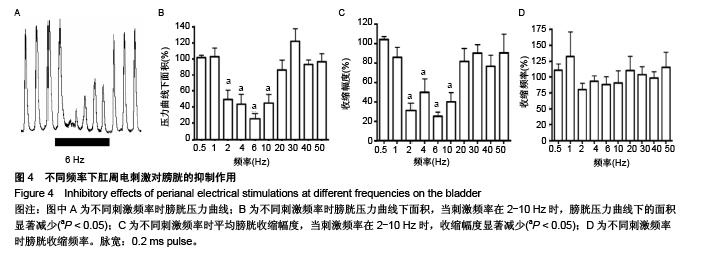
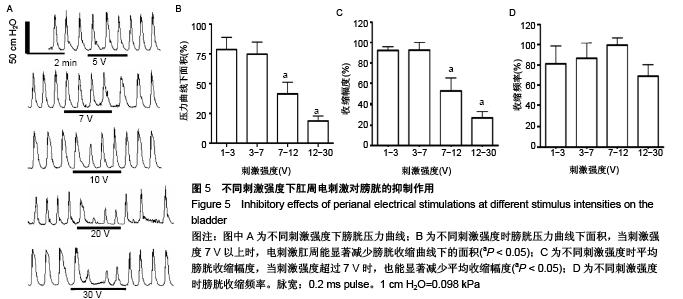
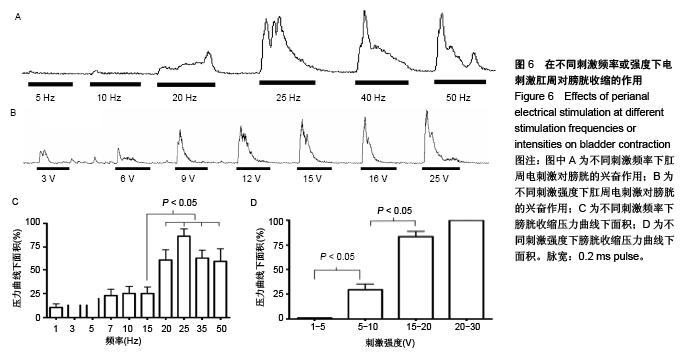
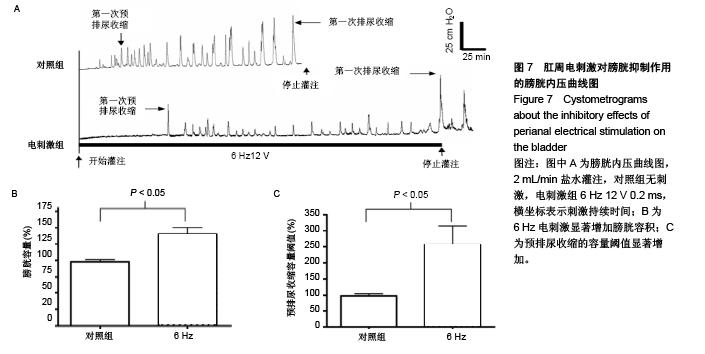
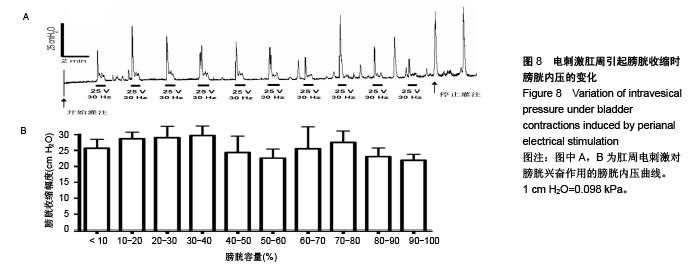
.jpg)
.jpg)
.jpg)